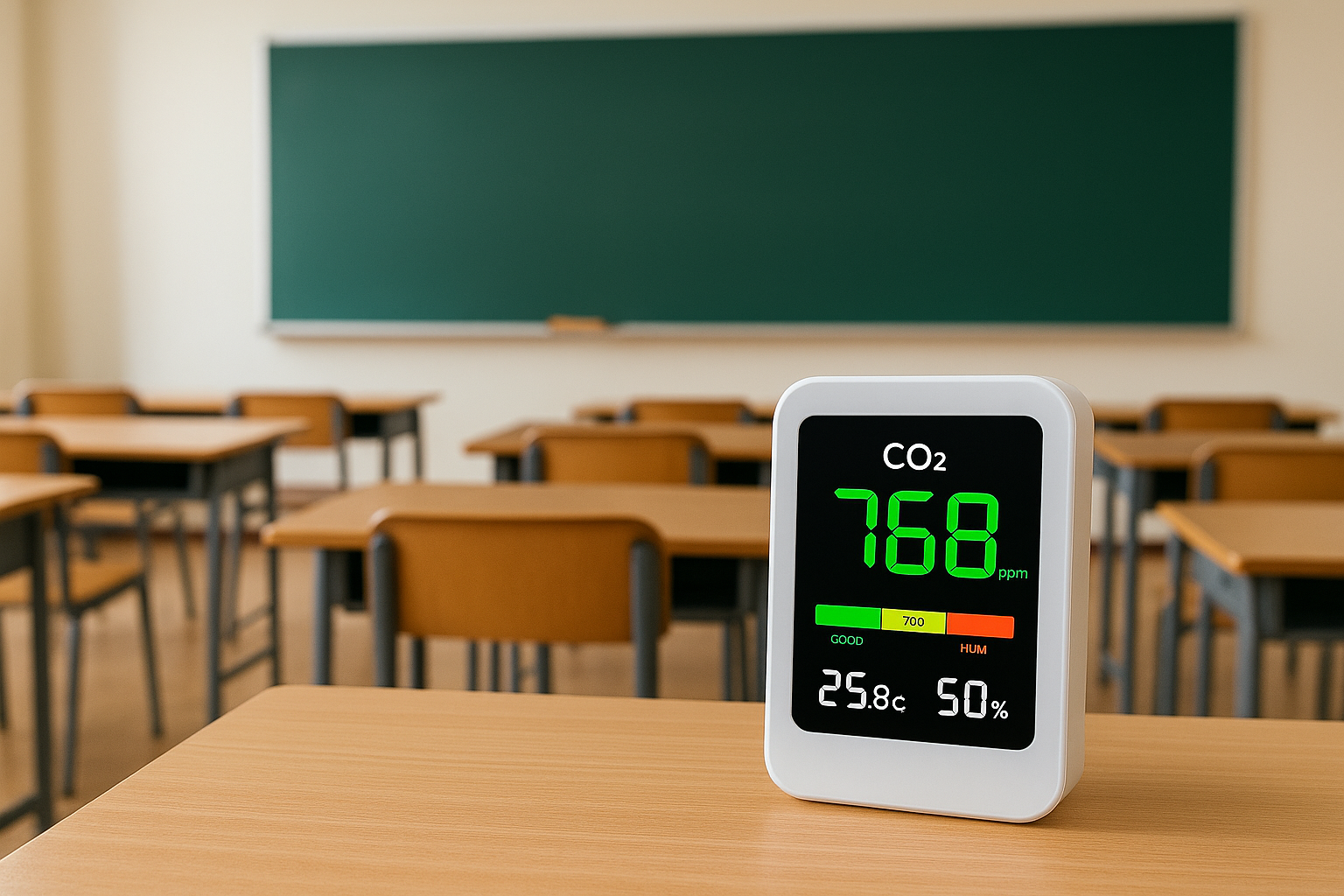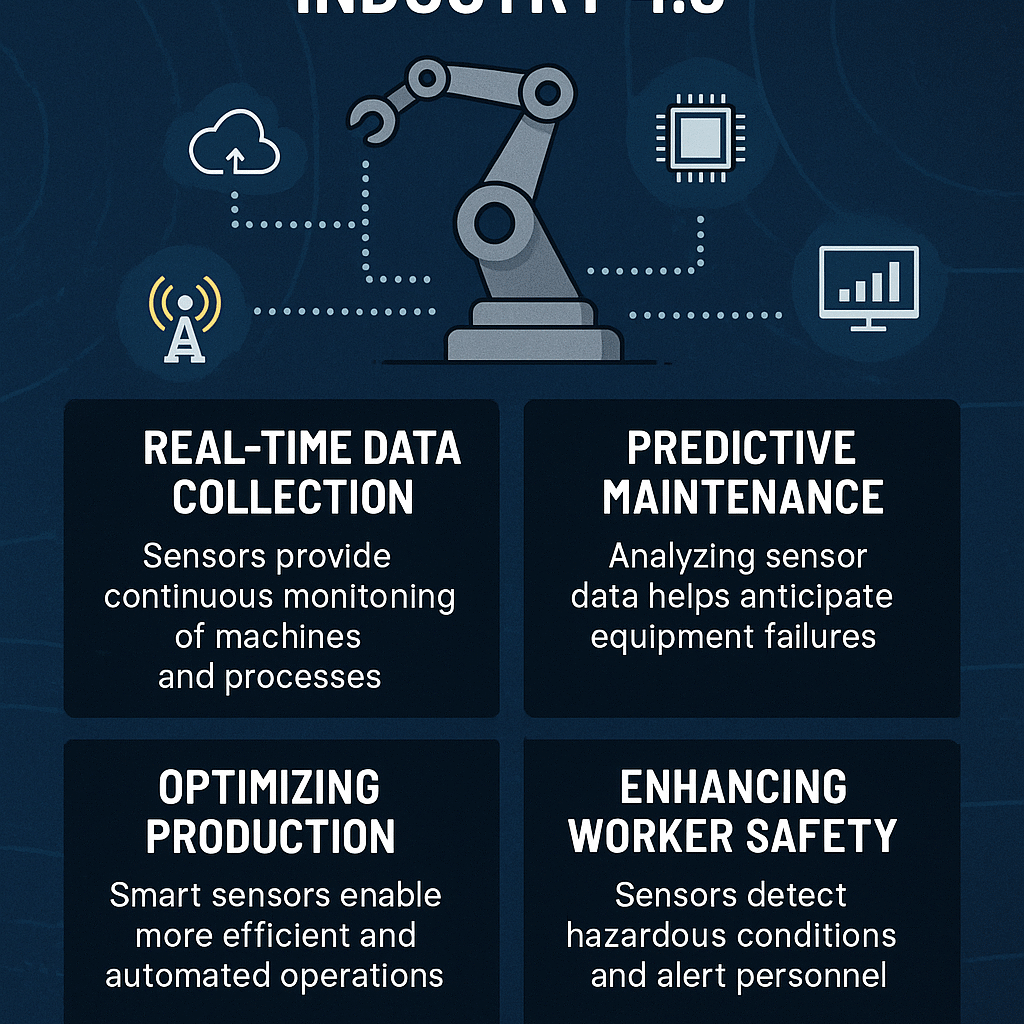Air Monitoring Trends 2025: What to Expect in the Future of Air Quality Technology
🌍 Introduction
As global awareness about environmental health rises, the demand for precise air quality monitoring is growing rapidly. The year 2025 is poised to be a game-changer for the environmental technology sector, especially in air monitoring. At airatommartsolution.com, we’ve been at the forefront of this transformation. In this blog, we’ll explore the top air monitoring trends 2025 that will shape industries, smart cities, and health-focused technologies across the globe.
🌫️ 1. Real-Time Air Quality Analytics
One of the most impactful air monitoring trends 2025 is the rise of real-time data collection and analytics. Gone are the days of waiting for lab results. Advanced PM2.5 and PM10 sensors now offer instant data updates, allowing organizations and governments to respond to air quality changes in real time.
At airatommartsolution.com, we provide real-time monitoring systems that can be integrated into mobile apps, industrial dashboards, and smart city platforms.
📲 2. Mobile Air Monitoring Solutions
With smartphones becoming more powerful, personal air quality tracking devices are becoming common. In air monitoring trends 2025, mobile-friendly and portable air quality monitors will continue to grow. People want to know the air quality around them — whether at home, in traffic, or at work.
Our devices at airatommartsolution.com are designed with portability and IoT compatibility in mind, making them ideal for both personal and professional use.
🏙️ 3. Smart City Integration
Smart cities are evolving quickly, and one of the key air monitoring trends 2025 is the use of connected air quality sensors across urban environments. From traffic lights to buildings and even public transport, air monitoring nodes will be placed everywhere.
At airatommartsolution.com, we’re already helping municipalities integrate sensor networks that feed live data into their smart infrastructure systems.
💡 4. AI-Powered Predictive Monitoring
Artificial Intelligence (AI) is revolutionizing how we understand air quality. One of the most powerful air monitoring trends 2025 is the use of AI and machine learning to predict pollution spikes, analyze long-term trends, and recommend solutions.
We’re currently developing AI-based platforms at airatommartsolution.com that help forecast air quality conditions and optimize environmental responses automatically.
🌐 5. Cloud-Based Air Monitoring Systems
The cloud is central to air monitoring trends 2025. Cloud integration allows seamless data access, remote monitoring, and faster decision-making. Companies and governments can now track air quality metrics from anywhere in the world.
All our solutions at airatommartsolution.com include cloud-based dashboards and mobile access for full transparency and real-time control.
🔄 6. Multi-Gas and Particulate Detection
In air monitoring trends 2025, sensors that measure multiple pollutants — not just PM2.5 and PM10, but also CO2, NO2, VOCs, and O3 — will become the new standard. This holistic approach helps organizations get a complete air quality profile.
Our latest models at airatommartsolution.com support multi-parameter sensing, delivering comprehensive insights for industries, schools, and healthcare institutions.
🧪 7. Indoor Air Monitoring Innovations
Indoor air pollution is becoming more recognized. As people spend more time indoors, especially post-pandemic, monitoring home and office air quality will be essential. Indoor monitoring is a key driver in air monitoring trends 2025.
We offer smart indoor air monitors at airatommartsolution.com that are ideal for schools, offices, hospitals, and even homes.
🛡️ 8. Government Policies and Compliance
With climate goals tightening worldwide, air monitoring trends 2025 will be shaped by strict regulations. Countries are mandating continuous emission monitoring systems (CEMS) in factories and industrial zones.
airatommartsolution.com is already supplying regulatory-compliant sensors to help businesses meet these environmental standards effortlessly.
⚙️ 9. Affordable & Scalable Technology
Another shift in air monitoring trends 2025 is the democratization of air quality technology. What was once expensive and complicated is now affordable and plug-and-play. This makes large-scale deployments in developing regions feasible.
At airatommartsolution.com, our mission is to deliver affordable air monitoring solutions without compromising on accuracy or performance
🔍 10. Citizen Science and Community Monitoring
Public participation is becoming central to air quality tracking. Community-driven sensor networks are emerging across cities, helping fill in the gaps left by traditional government monitors. This citizen-science wave is a standout in air monitoring trends 2025.
We’re proud to support community sensor programs at airatommartsolution.com, enabling residents to take control of their local air quality.
📌 Conclusion
The future of environmental health is being shaped by air monitoring trends 2025. From smart cities and AI prediction to indoor air quality and community science, these innovations are transforming how we understand and act on air pollution.
At airatommartsolution.com, we’re committed to being part of this change by offering modern, scalable, and accurate air monitoring solutions for all sectors — government, business, and individuals alike.
If you want to be part of the air quality revolution, explore our products today and join the movement toward cleaner air in 2025 and beyond.
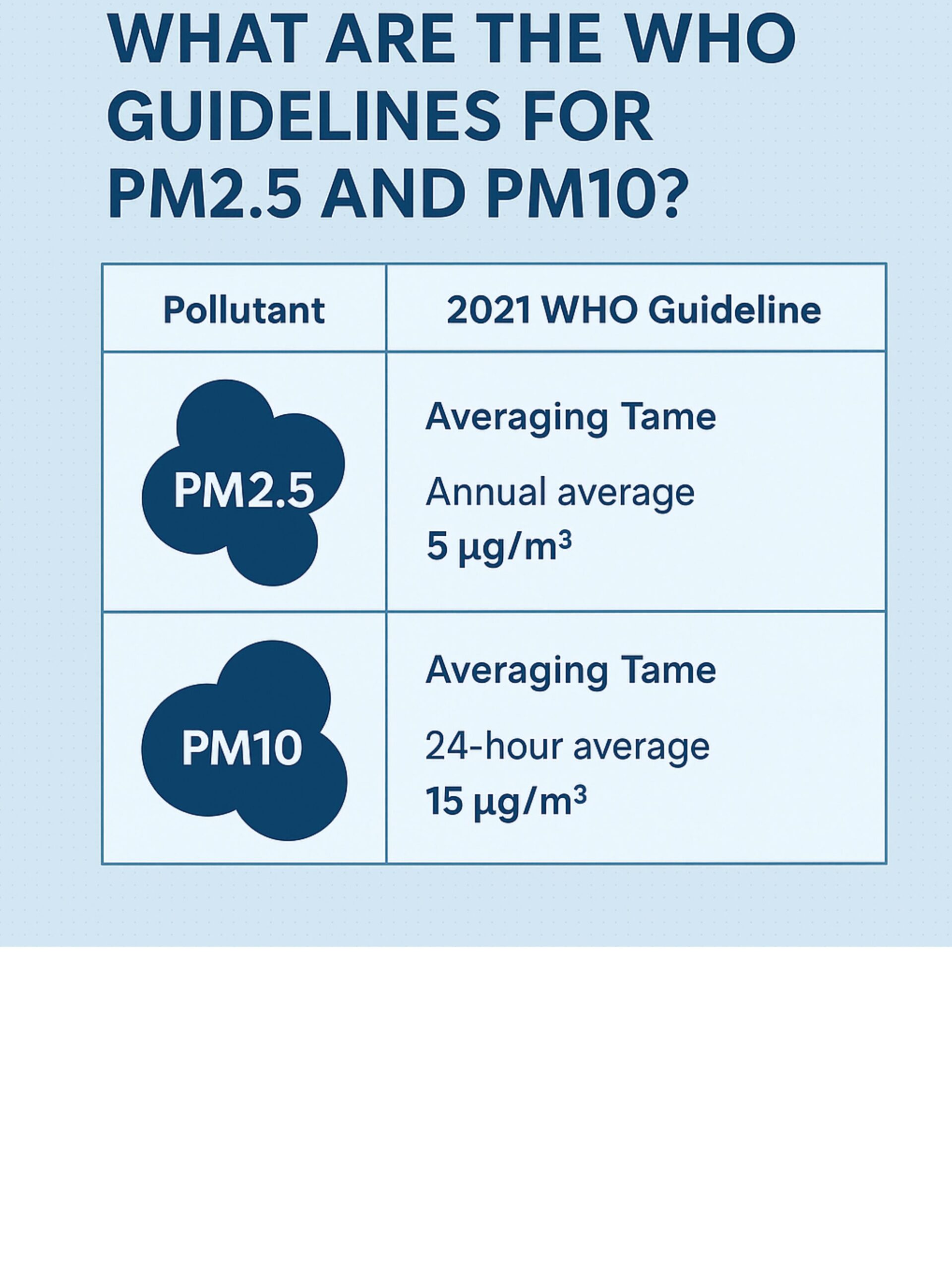

 Cart is empty
Cart is empty 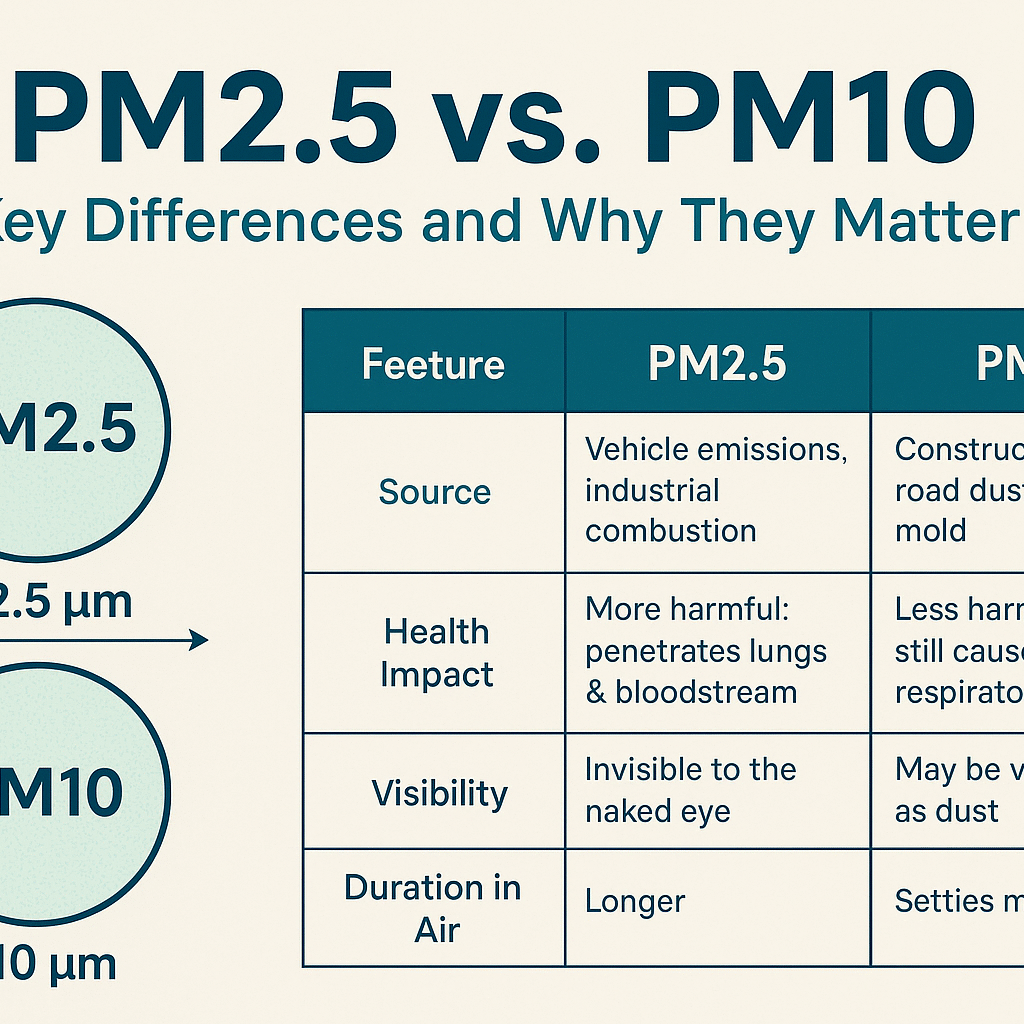
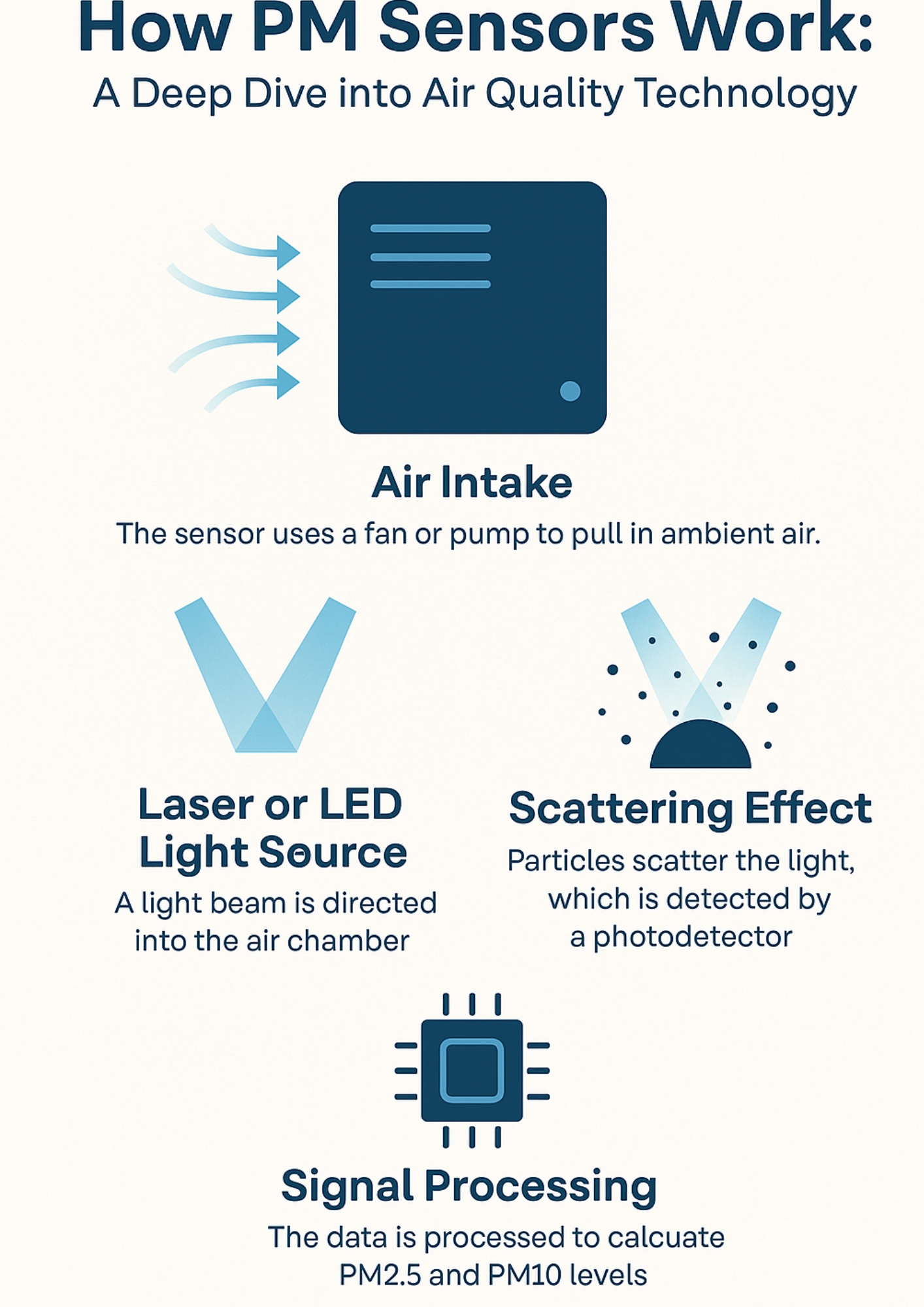
 Introduction
Introduction What Is Particulate Matter (PM)?
What Is Particulate Matter (PM)? How PM Sensors Work: The Basics
How PM Sensors Work: The Basics Types of PM Sensors
Types of PM Sensors Why It Matters to Know How PM Sensors Work
Why It Matters to Know How PM Sensors Work Real-World Applications
Real-World Applications How PM Sensors Work in IoT Systems
How PM Sensors Work in IoT Systems Accuracy & Calibration
Accuracy & Calibration Conclusion
Conclusion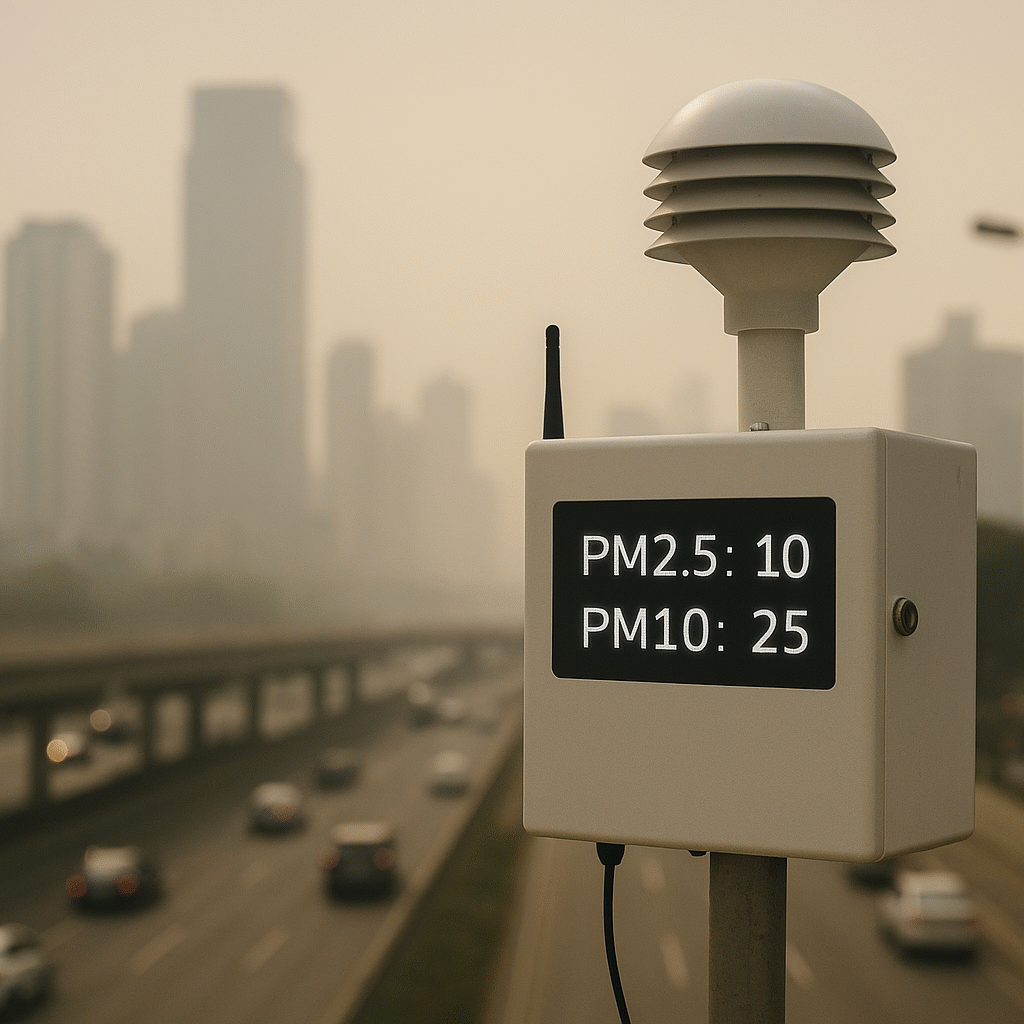

 PM Sensors in Smart Cities
PM Sensors in Smart Cities How
How 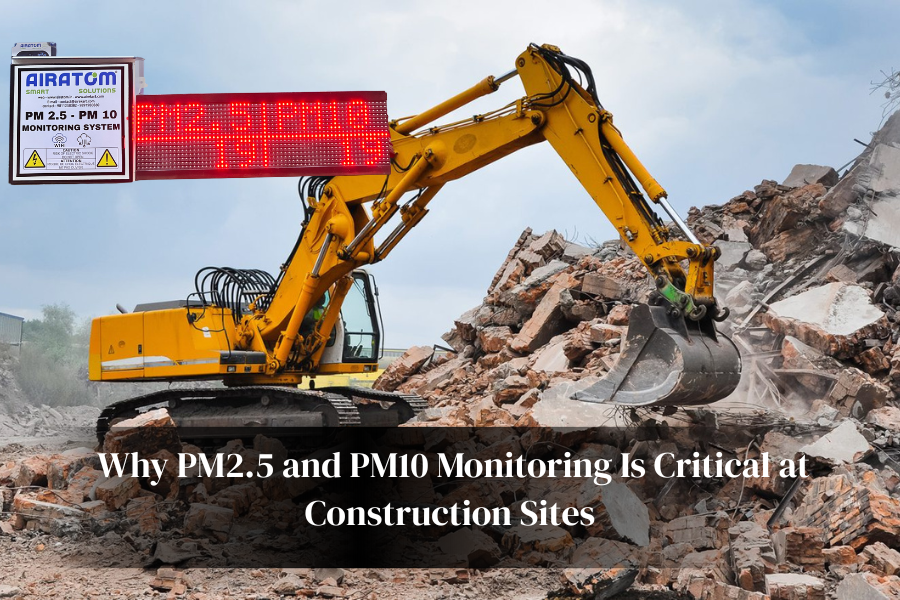
 Real-time pollution tracking
Real-time pollution tracking Take Action Today
Take Action Today
